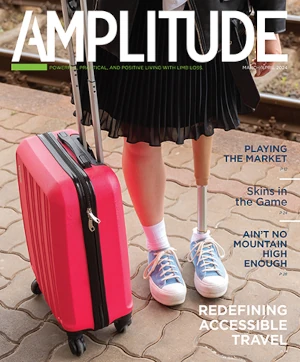
The annual Consumer Electronics Show (CES) usually lifts the curtain on a few amputee-related products, and sometimes they’re fairly important ones. BrainCo debuted its Bionic Hand at CES 2020 and earned a coveted Top Tech award. The year before that, Unlimited Tomorrow generated some serious CES buzz when it unveiled its much-anticipated 3-D printed TrueLimb.
No amputee-centric device captured that sort of attention at this year’s CES, which wrapped up last Friday. Nonetheless, the lineup did feature some intriguing, almost-ready-for-market technology of interest to amputees. The show was especially rich in products that, although not specifically designed for amputees, address common interests and needs within the limb-loss community. Some of these connections are admittedly speculative; we applied a loose filter because you just never know where the next breakthrough technology might come from.
None of this stuff is available to consumers yet, and some of it may never be. Even so, this year’s CES show provides a helpful glimpse into the state of amputee-friendly R&D as the 21st century sprints for the quarter pole. Since we weren’t able to attend in person (thanks a lot, Omicron), we formed our impressions from social media and MSM science/tech reporting. Here’s a list of the devices that landed on our watch list
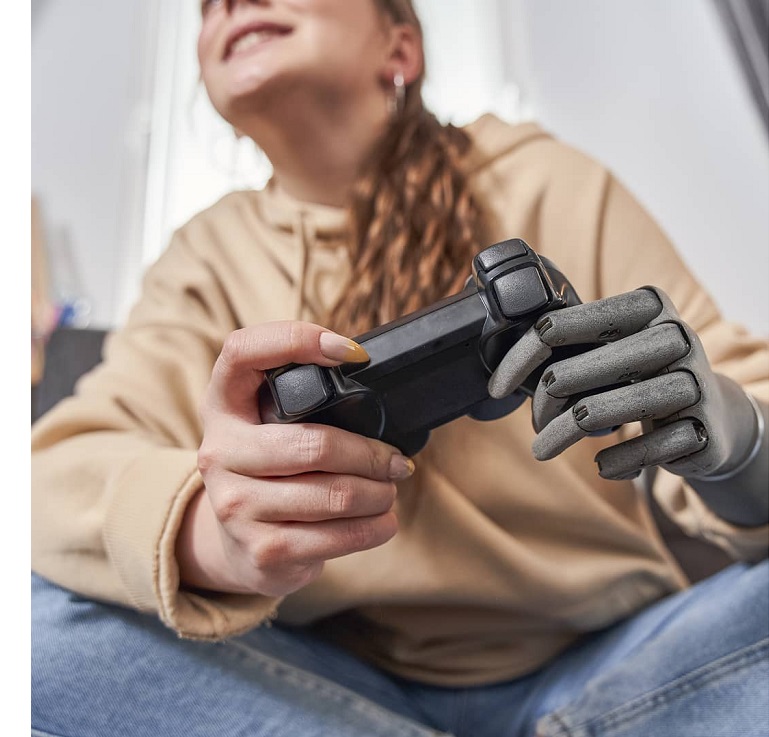
Esper Bionic Hand
The first of two Ukranian companies on our list, Esper released its prototype last year with backing from the European Union’s tech accelerator and a smattering of venture capital. In addition to the now-standard specs it shares with other next-gen bionic hands (lightweight, wide range of grips, pattern recognition, individually articulating fingers), the Esper Hand features a cloud-hosted AI platform that makes the device more responsive over time. Named one of the top three Health Tech Entrepreneurs for 2021 in the Innovation World Cup Series, Esper hasn’t started shipping its product yet, but it seems to be getting close—it has started a waitlist for future users. Add your name to the list and learn more about the Esper Hand at the company’s website.
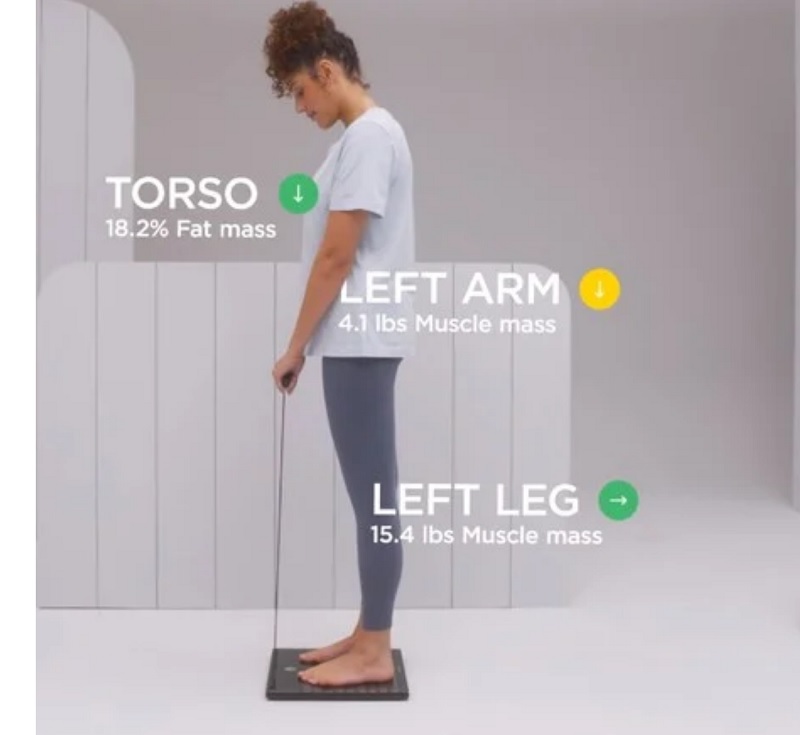
Withings Body Scan Health Station
This baby stirred up lots of excitement last week. It looks like a bathroom scale, and you step onto it like you would any other scale. But in addition to measuring your weight, Body Scan also takes readings of your cardiovascular system, nerve activity, body composition, and a bunch of other stuff. If any of your biomarkers raise a red flag, the associated smartphone app provides followup suggestions (such as links to fitness programs, clinical advisors). Body Scan won a handful of innovation awards last week, and it’s got the Harvard Medical School’s seal of approval. It’s expected to hit the market later this year. Get more info at iMore, or visit Withings’ website to watch the video.
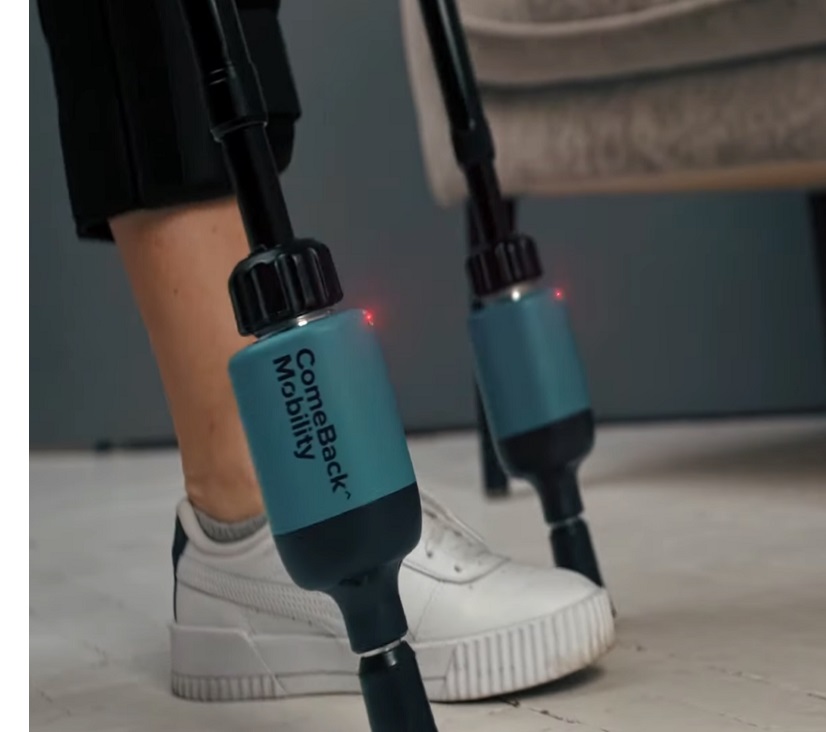
Comeback Mobility Smart Crutches
These innovative sensing devices aren’t designed specifically for people with limb loss, but Comeback Mobility is investigating their possible value in amputee rehab—and the company is actively seeking partners for clinical trials. (Prosthetists and PTs, take note.) The smart device fits over the end of the crutch, monitors weight distribution and other factors, and loads the data into a phone app. The numbers are then accessible not only to the person using the crutches but also to the user’s health practitioner(s), enabling the clinician to provide ongoing real-time feedback between office visits.
The second Ukrainian company on our list, Comeback Mobility has enjoyed a very rapid ascent since its founding in mid-2020. Along with Esper Bionics, it has benefited from Ukraine’s robust commitment to medical innovation, particularly in telemedicine. Get more info at the company’s website.
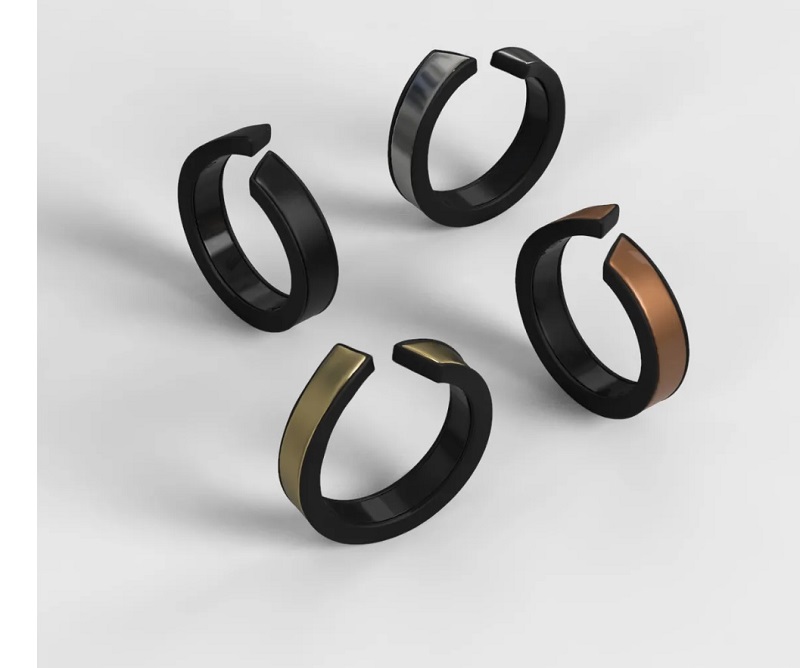
Movano Ring
This health-monitoring device is being marketed as more attractive and more affordable than the Oura Ring, which made a splash a couple years ago thanks to endorsements from Kim Kardashian, Prince Harry, and some NBA stars. But Movano’s true value-add for the limb loss community may lie in its potential for noninvasive monitoring of glucose levels and blood pressure—key markers for anyone with diabetes and/or peripheral vascular disease. While those features aren’t built into the beta version of Movano, the company is already conducting clinical trials toward that end, with the aim of gaining eventual FDA approval. It’s still about a year (or more) out from commercial release. Info at The Verge or at Movano’s website.
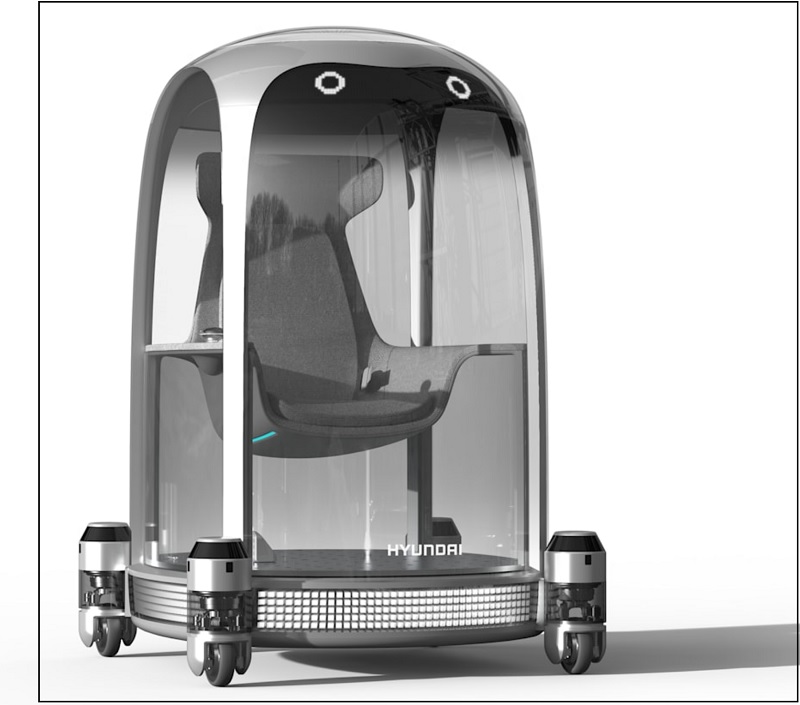
Hyundai Personal Mobility Pod
Is this the future of wheelchairs? We’re skeptical, but we are lousy at forecasting so don’t take our opinion too seriously. The Personal Mobility Pod is actually part of a scalable, modular mobility platform called PnD that you can rig up to transport just about anything, from groceries and luggage to pallets of merchandise. It’s a step toward a concept Hyundai has dubbed metamobility, which is based on the seamless integration of people and machines to amplify humans’ range of mobility. To be honest, we don’t completely understand everything they’re talking about; watch their presentation and form your own impressions, or read Autoweek‘s breezy synopsis. Hyundai also demo’d some exoskeletons and other mobility-related tech at CES.


